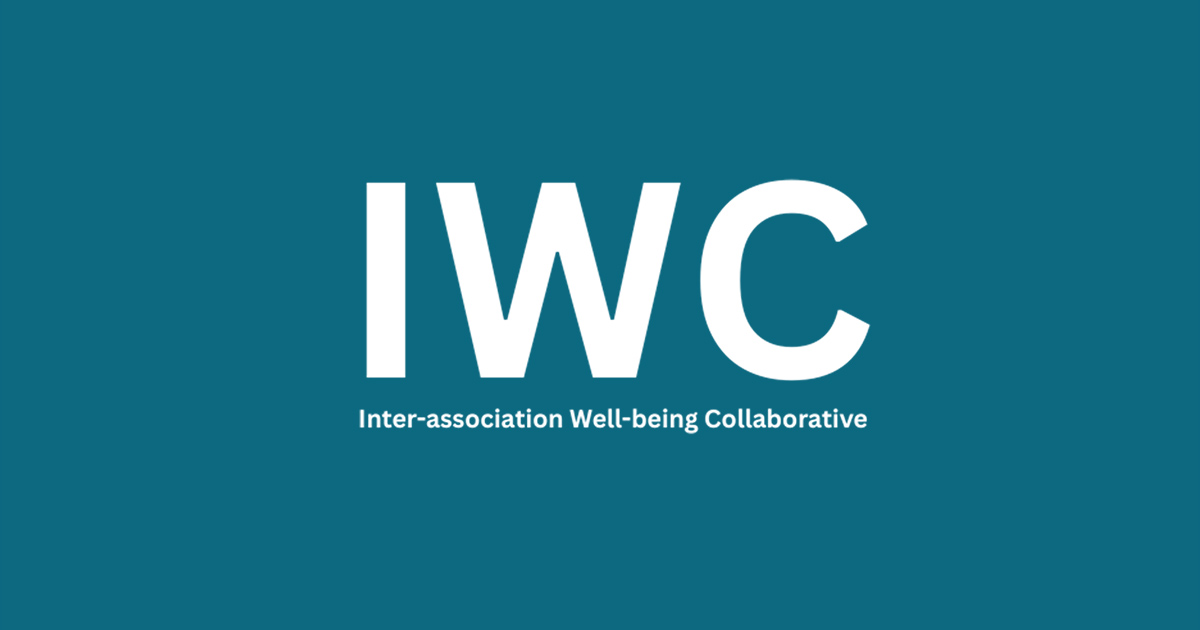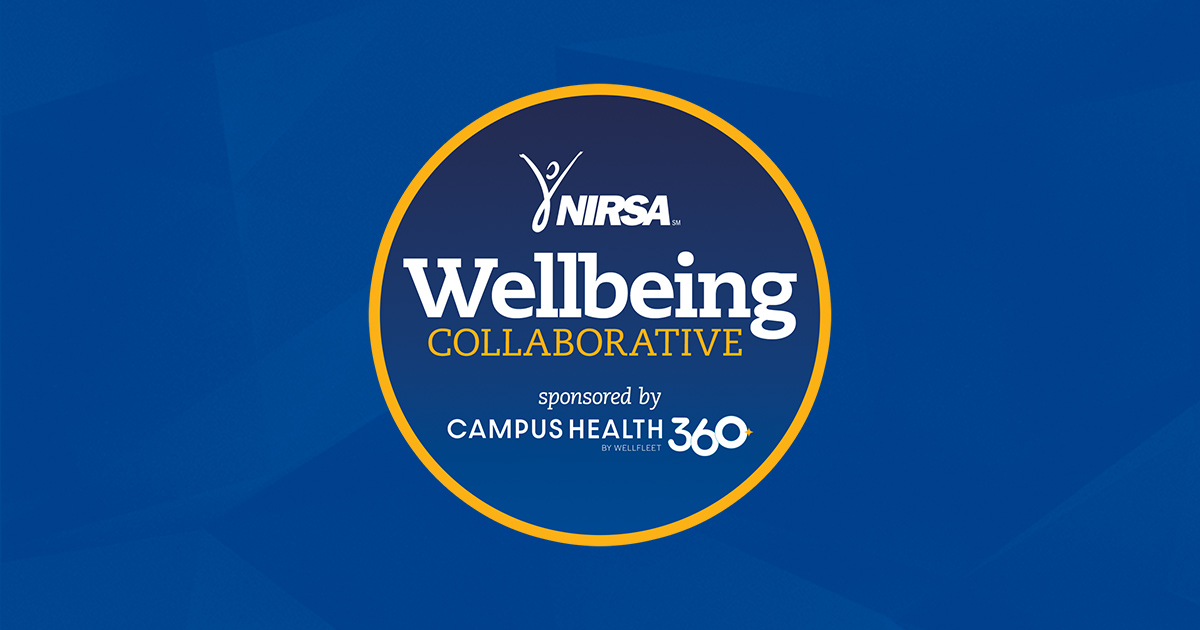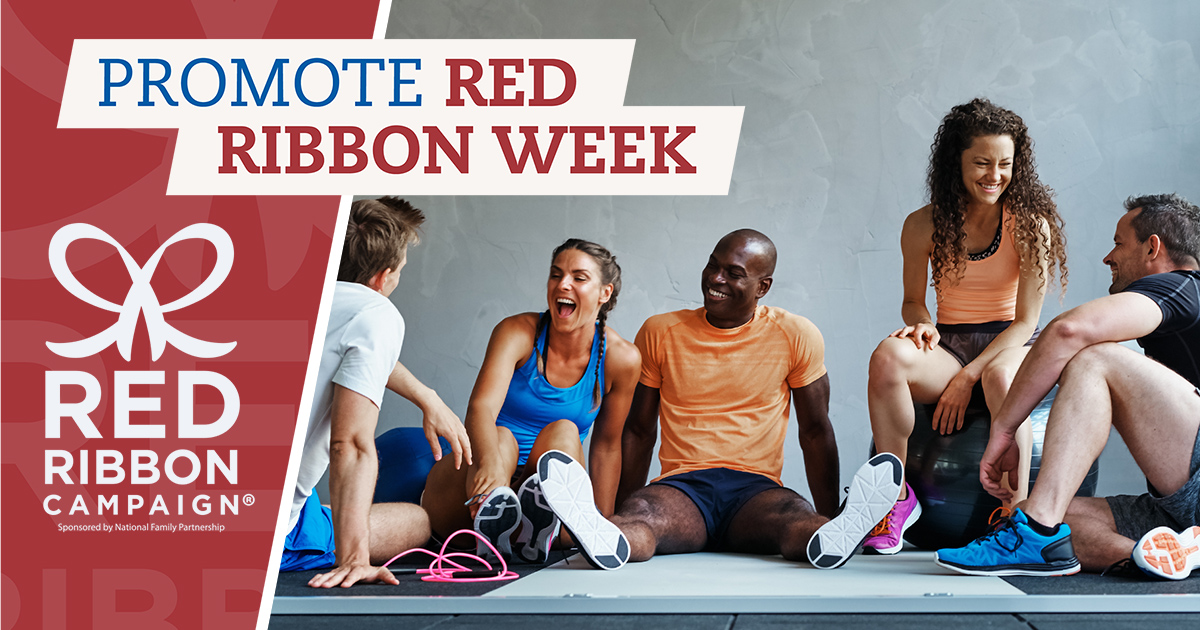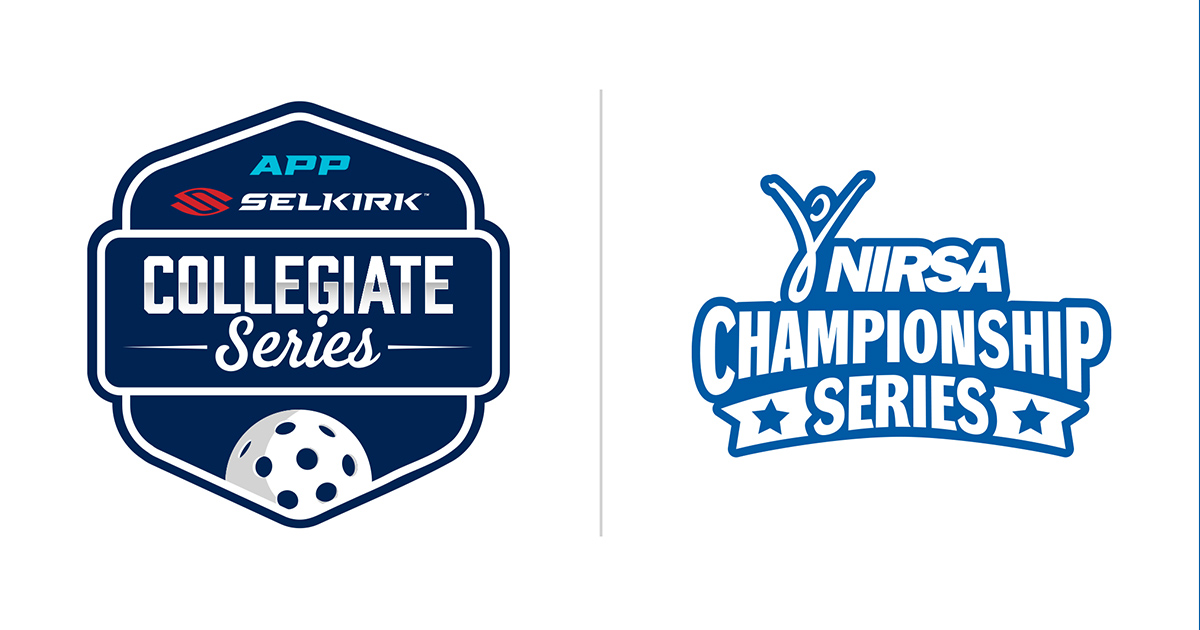Building upon the foundational work of the Health and Well-being in Higher Education: A Commitment to Student Success—which launched in 2018 and expanded in 2020—the Inter-association Well-being Collaborative (IWC) represents the next phase in a growing and unified movement to elevate wellbeing across higher education.
That Commitment affirms:
“By focusing on the whole—the whole person, the whole educational experience, the whole institution, the whole community—wellbeing becomes a multifaceted goal and a shared responsibility for the entire campus.”
Much has changed across higher education since that original inter-association Commitment was initially drafted; however, its vision endures.
From Commitment to Collaborative
Building on learnings from the original Commitment, 24 organizations from across higher education have come together to formalize the next iteration of this shared work: the Inter-association Well-being Collaborative (IWC).
In joining the Inter-association Well-being Collaborative (IWC), associations commit to prioritizing wellbeing within their association—each of which serves dues-paying members and has paid professional staff—and commit to helping empower their collective members to do the same for their respective campus communities.
Collaborative members believe it is time to transcend reactive, siloed, programmatic approaches to wellbeing and establish systemic, proactive, promising initiatives for campus communities. While students must receive appropriate and reactive care when needed, there are large-scale health benefits that come from systemic approaches and that will better allow campus communities to flourish and thrive.
A tiered approach for impact
Recognizing that associations bring diverse experiences and resources to this work, the IWC operates with a tiered structure that allows for inclusive participation while encouraging deeper collaboration over time:
Tier 1: Core Team
The Core Team members lead strategic development and activation, committing significant staff and financial resources.
Tier 2: Activators
Activator associations co-create strategies, contribute financially, and integrate member feedback into IWC’s direction.
Tier 3: Partners
Partner associations amplify IWC efforts and engage in communication and foundational commitments.
Supporter Tier
Additionally, a Supporter tier is available for non-association, nonprofit organizations wishing to engage and promote the work.
Each tier builds upon the one below it—ensuring alignment and opportunities for growth—and the tiers will be revisited annually to support evolving participation.
Calls to action
The IWC has identified three primary calls to action:
Literacy
Foster a shared understanding of wellbeing that encompasses individuals and the systems they navigate, demonstrating how wellbeing is integral to every role in campus life.
Research
Support shared data collection, benchmarking, and continuous learning across institutions to strengthen the field and inform action.
Advocacy
Amplify promising practices across sectors and use these to advocate for wellbeing within and outside the higher education ecosystem.
A shared commitment
Participating associations commit to:
- Model collaboration that breaks down traditional silos in higher education;
- Engage and invite new associations into the conversation;
- Provide feedback and involvement reflective of their membership;
- Disseminate updates and insights to empower their members and promote shared progress.
The IWC is excited to continue our shared journey, moving from a broad call to commitment toward a structured system of action and influence, whether associations are just beginning in this work, or it has been deeply immersed in this work since 2018.
Let us move, together, from promise to progress and from silos to systems toward a future where all members of campus communities can thrive.
We need you
The IWC is actively collecting stories and examples of wellbeing work being done in higher education; examples can include work you or your team is doing or work you know others on campus are doing. The examples that are shared will help the IWC in our future work.
We are particularly interested in learning about campuses that are using a systems-level approach (e.g. policies, procedures, or collaborative relationships) to create an environment that improves and supports the wellbeing of the campus community broadly.
Tier 1 associations
- American College Health Association (ACHA)
- NASPA: Student Affairs Administrators in Higher Education
- NIRSA: Leaders in Collegiate Recreation
Tier 2 associations
- The American Association of Collegiate Registrars and Admissions Officers (AACRO)
- ACPA—College Student Educators International
- The Association of College and University Housing Officers – International (ACUHO-I)
- Association of College Unions International (ACUI)
- Association of Student Conduct Administration (ASCA)
- Building Healthy Academic Communities (BHAC)
- College and University Professional Association of Human Resources (CUPA-HR)
- National Association of Colleges and Employers (NACE)
- National Association of Student Financial Aid Administrators (NASFAA)
- The Society for College and University Planning (SCUP)
- University Risk Management and Insurance Association (URMIA)
Tier 3 associations
- The Association for the Advancement of Sustainability in Higher Education (AASHE)
- Association on Higher Education and Disability (AHEAD)
- The Council for the Advancement of Standards in Higher Education (CAS)
- The National Association of College Auxiliary Services (NACAS)
- National Association of Campus Card Users (NACCU)
- NODA – Association for Orientation, Transition, and Retention in Higher Education
Supporters
- For more information, contact NIRSA Senior Director of Initiatives and Impact, Erin O’Sullivan.
Erin O'Sullivan is currently the Senior Director of Initiatives and Impact at NIRSA.








